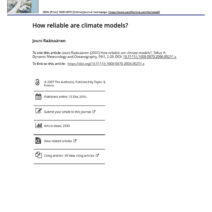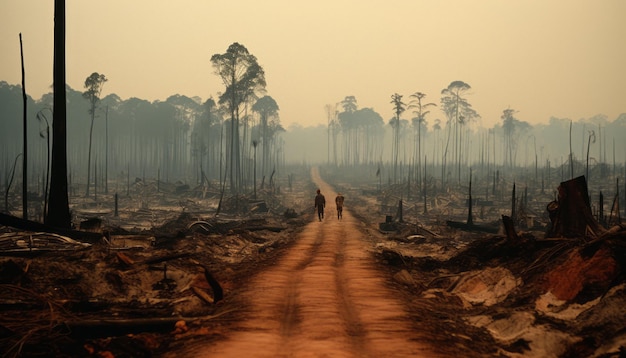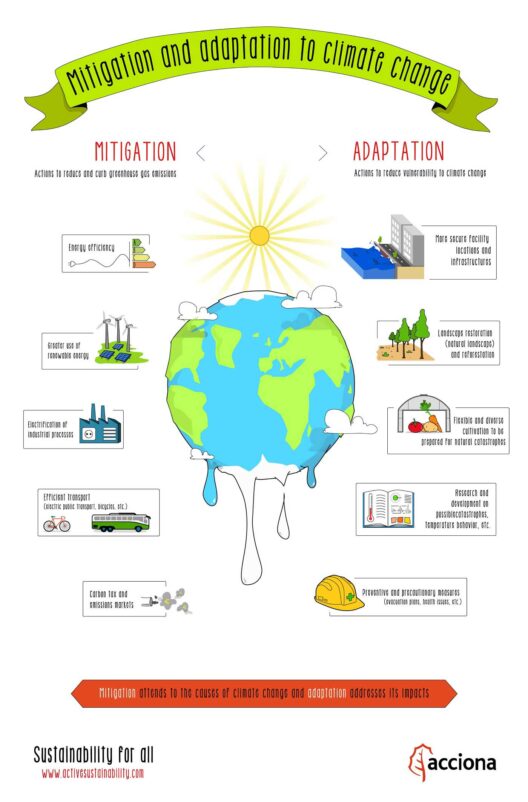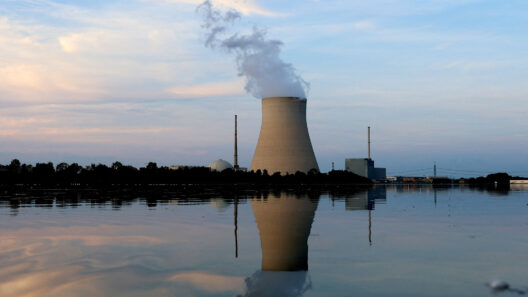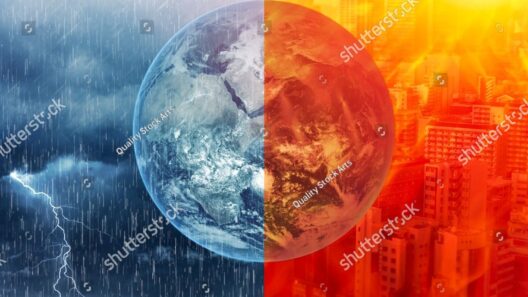The Great Barrier Reef, an unparalleled ecosystem stretching over 2,300 kilometers along the northeastern coast of Australia, is facing an unprecedented crisis as global warming accelerates the degradation of its delicate coral communities. This magnificent natural wonder, composed of thousands of individual reefs and islands, is not only a UNESCO World Heritage Site but also a critical habitat for a myriad of marine species. The repercussions of climate change are manifold, and the impending collapse of the reef serves as a poignant reminder of the intricate interdependencies within our planet’s ecosystems.
Global warming, primarily fueled by anthropogenic emissions of greenhouse gases, is inexorably raising ocean temperatures. Studies have shown that a mere increase of 1 to 2 degrees Celsius can catalyze widespread coral bleaching, a phenomenon where corals expel the symbiotic algae known as zooxanthellae. This expulsion strips corals of their vibrant colors, leaving them stark white and vulnerable to disease and mortality. The dire implications of this bleaching are profound; without the algae, the coral polyps lose their primary source of energy, leading to widespread declines in coral health and reproduction.
In addition to temperature increases, the ocean’s acidity is also on the rise due to higher carbon dioxide levels. As CO2 is absorbed by seawater, it reacts with water to form carbonic acid, which in turn lowers the pH. This acidification weakens coral skeletons, making it increasingly difficult for them to maintain their structure and grow. The importance of healthy coral reefs cannot be overstated; they act as natural barriers, protecting coastal communities from storms and erosion while housing about 25% of all marine species.
The ramifications of a deteriorating Great Barrier Reef extend beyond environmental degradation. Local economies heavily reliant on tourism and fishing are at grave risk. The reef attracts millions of visitors each year, contributing significantly to Australia’s economy. However, as coral health continues to decline, the attractiveness of this natural wonder will diminish. Coastal communities, which thrive on fishing—one of the oldest forms of subsistence—will also face challenges as fish populations decline due to the deterioration of their habitats.
Concurrently, the disruption of the reef’s ecological balance can lead to cascading effects within marine food webs. Species such as the clownfish, parrotfish, and sea turtles depend on the reef for shelter and food. As these species face heightened threats, it can alter predator-prey relationships, leading to overpopulation of certain species and decline in others. This upheaval affects not only marine life but also the broader biosphere, with ramifications stretching into the terrestrial ecosystem.
Coral reefs are incredibly resilient and have survived numerous catastrophic events throughout history; however, the current rate of change is unprecedented. Scientists are researching various strategies to enhance the resilience of coral populations. One promising avenue is the development of heat-resistant coral species through selective breeding and innovative techniques such as assisted gene flow. These methods aim to bolster the genetic diversity of coral populations, enhancing their ability to withstand the rising thermal stress attributed to climate change.
Furthermore, innovative techniques in coral restoration, such as coral gardening and artificial reefs, are being employed to rehabilitate degraded areas. These efforts involve cultivating coral fragments in nurseries and transplanting them back onto damaged reefs, providing a much-needed lifeline for struggling coral communities. However, these initiatives can only succeed if we address the underlying causes of global warming through concerted action.
Mitigating climate change necessitates a multi-faceted approach encompassing individual actions, local policies, and global agreements. Engaging in sustainable practices, reducing carbon footprints, and advocating for renewable energy sources is imperative. Collective efforts, such as the Paris Agreement, aim to limit global warming to below 2 degrees Celsius, but the pathway toward achieving these goals is fraught with challenges.
Policy interventions play a pivotal role in safeguarding the Great Barrier Reef. Implementing protective measures against pollution, overfishing, and unsustainable tourism is crucial to enhancing the resilience of this marine ecosystem. Governments must engage in ecosystem-based management that recognizes the interconnectedness of human activity and environmental health, prioritizing sustainable practices that benefit both local communities and the reef.
Moreover, public awareness and education are paramount in fostering a sense of stewardship among individuals. By understanding the fragility of the Great Barrier Reef, communities can mobilize action to safeguard this invaluable resource. Educational programs targeting schools, local organizations, and tourist operators can help disseminate information about coral conservation and sustainable marine practices.
As we stand at a critical juncture, the fate of the Great Barrier Reef hangs in the balance. While the challenges posed by global warming are daunting, cultivating resilience within coral ecosystems through innovation, policy reforms, and community engagement offers a pathway toward preservation. Recognizing the importance of coral reefs in regulating climate, supporting biodiversity, and bolstering coastal economies is essential. The final stand for the Great Barrier Reef requires urgent and unified efforts if we are to avert the devastation that global warming threatens to unleash on this irreplaceable treasure.

